Despite a month of chilling temperatures, Joan Semmel’s captivating new paintings on view in A Necessary Elaboration at Alexander Gray Associates (January 10 – February 16, 2019) bestow a welcome rush of warmth and meditative calm upon gallery-goers. In a series of works produced within the last two years, Semmel demonstrates her mastery of color and the sculptural application of paint to present her own nude image in a variety of poses. The show declares that there is still room for the simplicity of painting the human figure. Moreover, Semmel’s combination of painterly technique and recognizable content prompts viewers to engage with her work through visceral, personal associations.
Escaping the overpowering intimacy of Semmel’s paintings proves difficult from the start. Upon entry, visitors to the show are immediately greeted by a pair of horizontally oriented works, Revisiting (2016) and On My Side (2018), two reclining self-portraits depicted from the downward-gazing vantage point of the artist’s eyes. By choreographing the viewers’ “placement” within the painted scenes, Semmel turns the spectator into an occupant of the artist’s own body. Her layers of complementary hues give her bodily forms undeniable volume, thrusting them out into our plane by sharply contrasting a distant, yellow-violet leg against a fiery orange forearm.
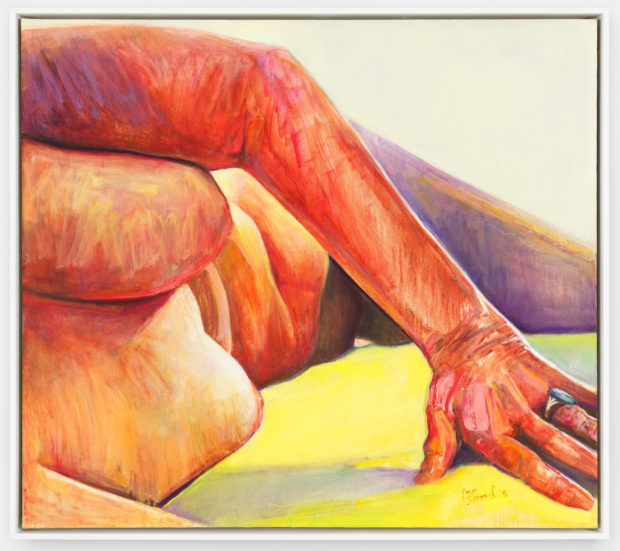
Semmel has been perfecting her approach to depicting the female figure for nearly fifty years. After experimenting with abstraction at the beginning of her career, she turned to painting the figure in the early 1970s—specifically, anonymous figures entwined in erotic positions— offering a fresh perspective to the then-limited representation of female sexuality in art. Semmel’s eventual shift to self-portraiture has been central to her work since, and it features just as strikingly in her recent paintings as it did in her works of the early 1970s. However, while understanding the evolution of Semmel’s practice may enlighten and contextualize her newer works, it is not a prerequisite for experiencing them. Her paintings draw on what the viewer knows innately: how to perceive an amalgamation of abstracted strokes as a coherent form, and how to understand the way bodies (our own, and those of others) occupy space.
The seven paintings in the gallery’s second-floor space command even more attention than the first. Rendered in an intensely saturated palette, the nude figures are presented in vulnerable, frontal poses framed within large vertical canvases. Semmel’s face appears in only two of the self-portraits; in the rest, her head is either turned away or is cropped out completely. Even the faces we do see are kept close to the canvases’ upper edges, centering the focus on the curve and complexion of the body’s flesh rendered in loose but careful brushwork. In works like Knee Up (2017) and Fleshed Out (2018), shoulders hunch over, torsos twist and arms wrap around midriffs, placing the body’s delicate folds of skin on full display. Yet they invoke a spiritual reverence rather than the inclination to ogle. This is enhanced by the show’s installation, which encourages a sort of processional viewing around the perimeter of the room, as though the viewer is wandering in a chapel. I found myself not just looking at but paying respects to each individual painting as I made my way around the space.
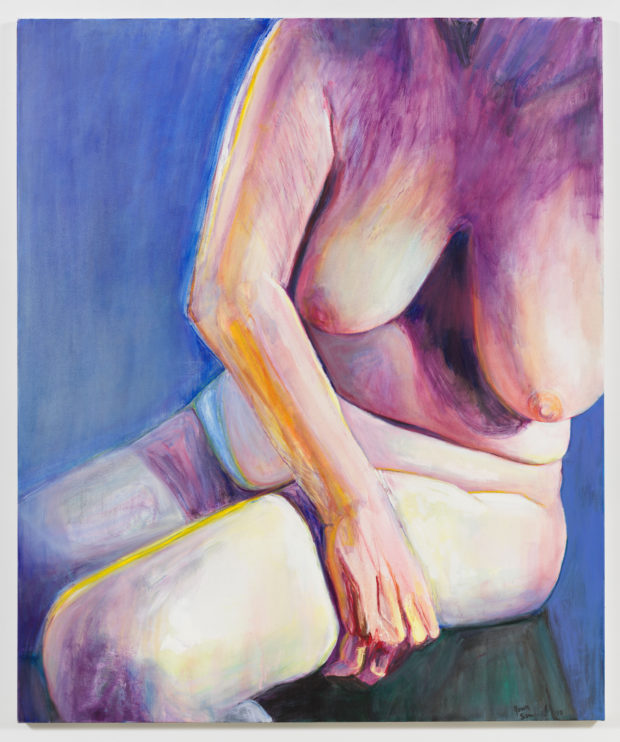
Viewing Semmel’s work was an incredibly grounding experience. I didn’t need to play art historian to immediately connect; nor does that fact downplay, even in the slightest, the artist’s immense talent for sculpting a tangible body from paint. Her new series provoked memories of my own experience painting so many years ago, and reverence for the mastery of her experimentation with color. Take, for example, what I have since dubbed “The World’s Most Perfect Elbow,” featured in Semmel’s Turning (2018): a spiraling, fingerprint-like swirl of ochre, red-orange, and violet is unexpectedly balanced by strokes of bright green. These painted lines hang in the balance of representation and abstraction; while they depict the wrinkles of aging skin, they could easily read as an Abstract Expressionist work were they isolated as a singular image. The elbow is placed almost dead center on the canvas and, as the vertex of the angled arm, it leads the eye either upward to the figure’s green-gray strands of hair or downward to its ring-clad hand (rendered so precisely with a single stroke of the brush). Semmel knows exactly what she is doing.
These painterly devices can easily be underestimated in a contemporary sphere that places heavy weight on intellectually rigorous and politically discursive work. For me, however, Semmel’s paintings were rejuvenating in their openness. The strength of her work comes in part from the fact that it can still also be read as political. Her boldly sensual images are certainly a pointed response to centuries’ worth of art history’s idealization of the female body, an issue that continues to be of profound relevance today. Yet at its core, Semmel’s art beckons to us to meditate on our own relationship to the human form, engaging consciousness before critical thought. Semmel centers her viewers in these quiet, contemplative moments, and uses her body as the vehicle for such. I left the show feeling like I knew Semmel, even though I had barely seen her face.
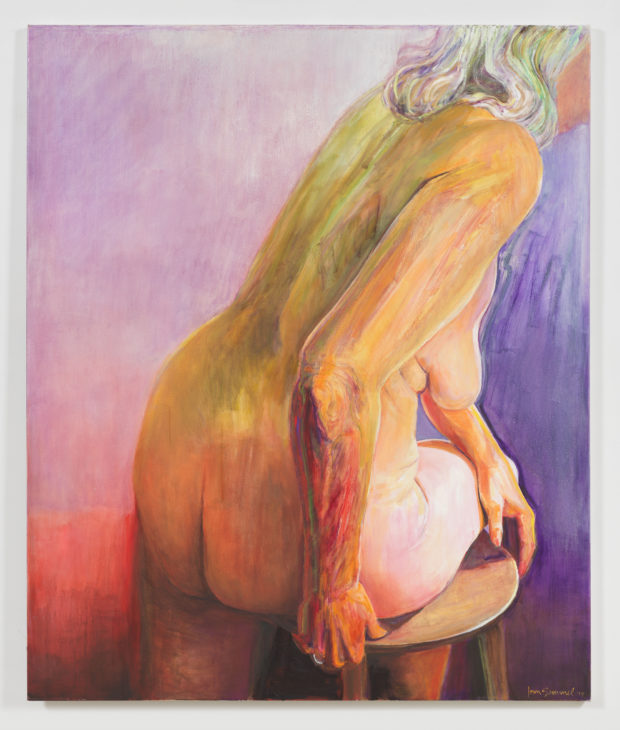

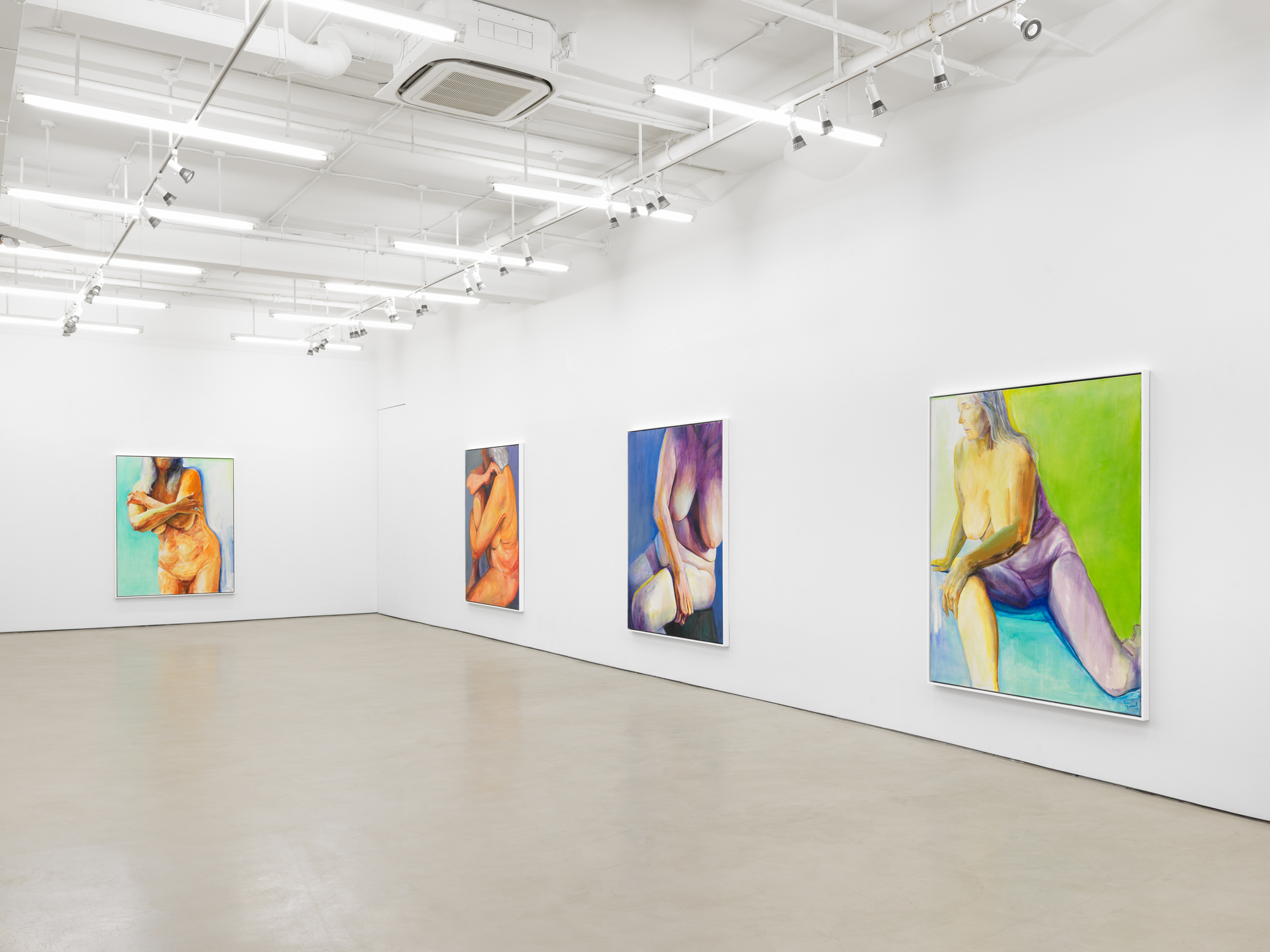
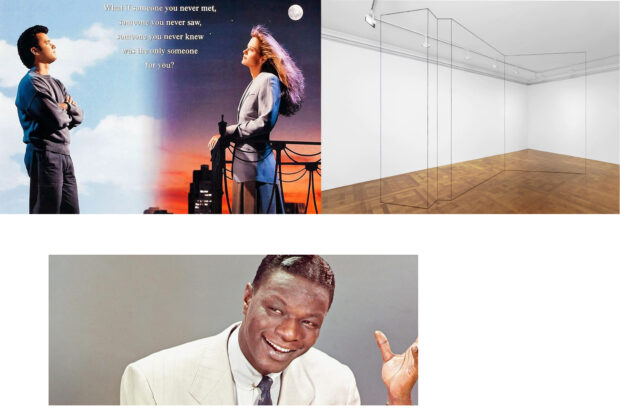


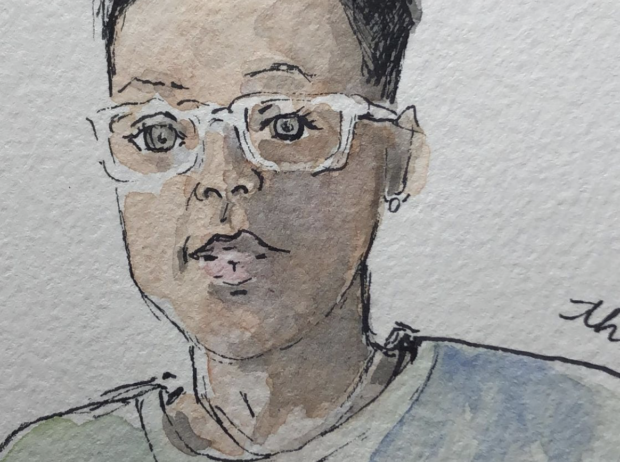
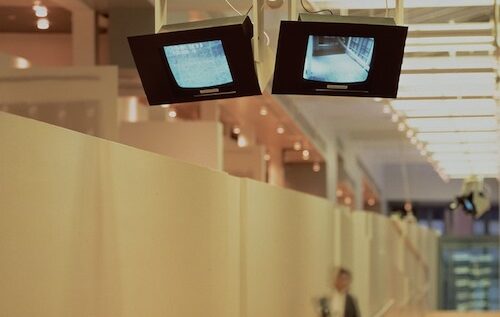

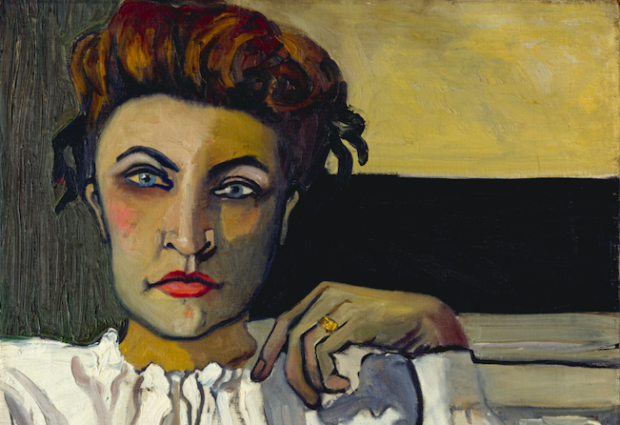
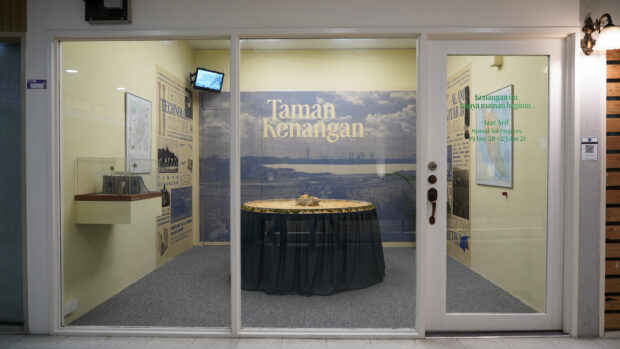
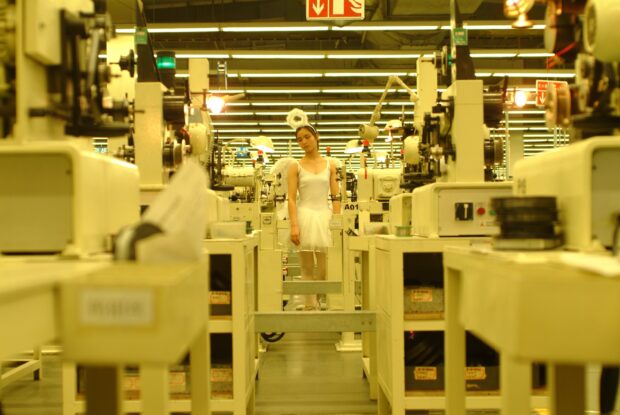
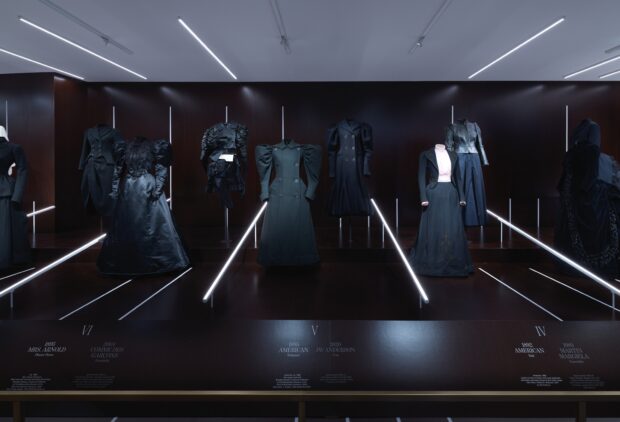
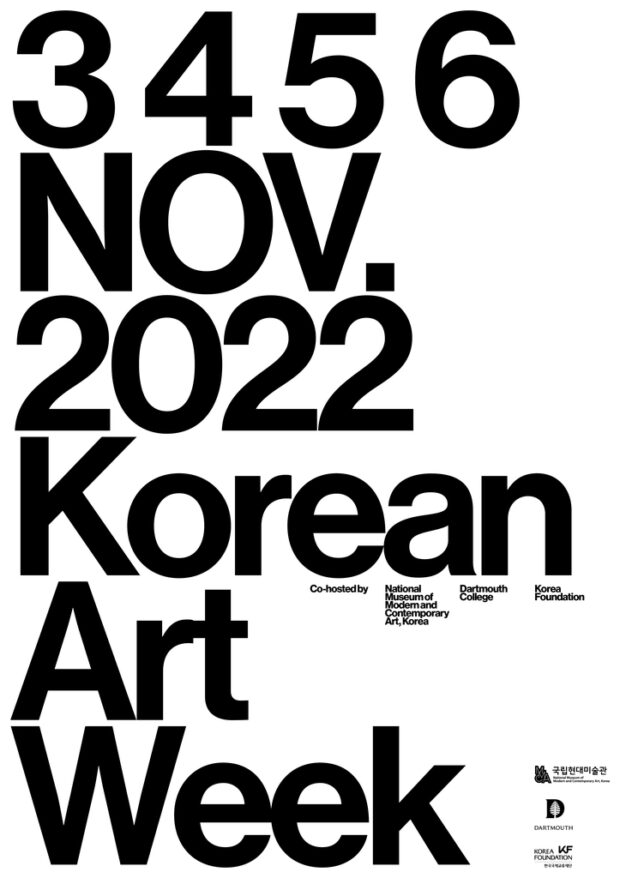


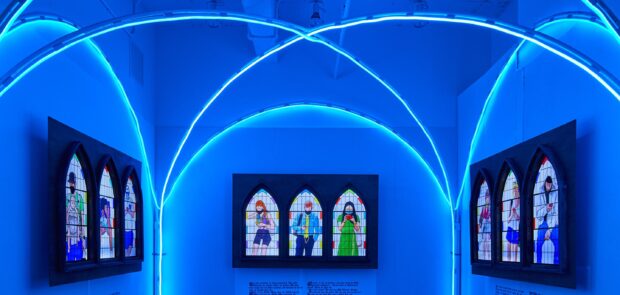
Beautiful writing – wonderful exhibit